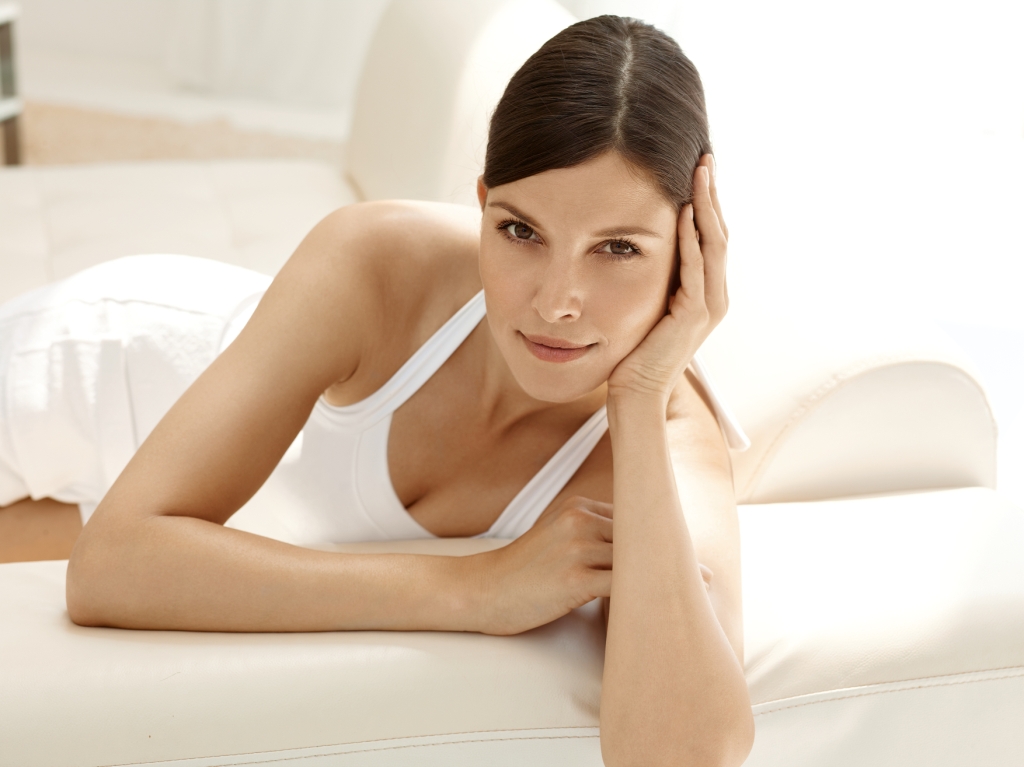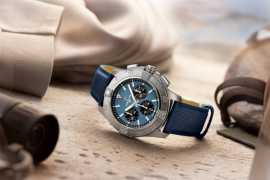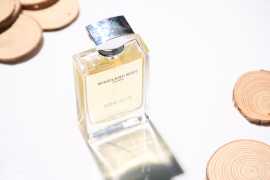In-depth Sunscreen And Wrinkle Reduction
By egor Thursday, 16 March 2017 11:51 AM

UV-induced he effects of UV exposure represent in facial skin1– especially the UV-exposed areas of the face and décolleté are affected. Eucerin® Sun Protection now provides an innovation which protects the skin from signs of photoaging and visibly reduces existing wrinkles at the same time. Dr. Zorica Jovanovic from Medical Management at Eucerin and Anette Bürger, Research & Management at Eucerin®, explain how we can most effectively protect our skin from signs of photoaging.
Dr. Zorica Jovanovic is a Biochemist by training and works as an International Medical Manager for Eucerin. Following her undergraduate studies of Biochemistry and Molecular Biology at the University of Hamburg (Germany), she carried on with her postgraduate studies in the field of Clinical Biochemistry at the University of Cambridge (United Kingdom). She started her professional career with Beiersdorf in 2011 where she first joined the Research & Development Department as a Research Scientist.
Anette Bürger has been leading the team EUCERIN Product Development Anti-Age, Sun & Acne since 2013. Before taking over this position she worked for several years as a lab manager in product development for the categories NIVEA Bath Care, FLORENA and NIVEA deodorant. She is not new to EUCERIN though, having worked for the brand already from 2002-2006 as a junior manager developing several EUCERIN Face Care products like Anti-Redness, Hyaluron Filler or Anti-Pigment. Anette Bürger studied food chemistry at the LMU Munich and has a diploma in pharmacy from the University of Vienna. After she gained experience in food inspection and public pharmacy she joined BDF in 2000.
What are the signs of sun-induced skin damage?
DR ZORICA JOVANOVIC: Visible sun damages includes sunburn, photoaging, polymorphic light eruption (PLE), pigmentation disorders, actinic keratosis and in the worst case, skin cancer. Skin damages are not always visible. However, some of the existing damage that is not yet visible can be made visible using a UV camera.
What is photoaging?
DR ZORICA JOVANOVIC: We distinguish between intrinsic aging or chronological aging and extrinsic aging. Intrinsic aging is inevitable and determined by factors which cannot be influenced like ethnicity, hormonal changes, anatomic variations and genetic disposition. Extrinsic aging, on the other hand, is controllable because the influencing factors are environmental conditions, lifestyle, smoking and mainly, UV exposure. Accelerated aging due to chronic UV exposure is the main driver of overall skin aging and is also termed photoaging or premature aging.
What are data prove that photoaging is the key driver of aging?
DR ZORICA JOVANOVIC: Studies with identical twins confirm the significant impact of UV exposure on aging (studies involving monozygotic twins facilitate the analysis of factors affecting skin aging while controlling for age, gender, and genetic susceptibility)2. A study at the Osaka Twin Research Center3 conducted between 2010 and 2013 showed that facial texture is influenced by environmental factors such as UV exposure and smoking rather than solely by genetic factors.
The fact that excessive UV exposure leads to accelerated aging is very well understood – not only by medical doctors and the scientific community, but increasingly amongst the general population. Indeed, the evidence is very strong.
What are the most prominent signs of photoaging?
DR ZORICA JOVANOVIC: Signs of photoaging are often most pronounced in the UV-exposed areas of the face, décolleté and also the hands and include: 1) Fine lines and wrinkles which become deeper more quickly. Their formation is reinforced by UV-induced dryness. 2) An uneven skin tone due to dyspigmentation including solar lentigines (liver spots or age spots). In a very progressed state solar elastosis – leathery and thickened skin –, is the clinical manifestation of photoaging.
Therefore, Eucerin® developed its unique solution specifically targeting those signs.
ANETTE BÜRGER: Exactly. Eucerin Sun Fluid Anti-Age SPF 50 is our most recent sun innovations and they offer superior photo-protection to protect skin from future signs of photoaging and at the same time fight with Hyaluronic-Acid against already existing signs of aging. Highly targeted active ingredients work even in the deeper epidermal skin layers to achieve this. Comprehensive scientific and clinical studies have proven the efficacy of these potent ingredients.
What ingredients are used in the Eucerin Sun Fluids Anti-Age SPF 50?
ANETTE BÜRGER: For superior photo-protection a highly-effective, photostable UVA/UVB filter system is combined with Biological Cell Protection active ingredients Licochalcone A and Glycyrrhetinic Acid. Both ingredients are nature-derived. Licochalcone A is obtained from the Chinese liquorice root (Glycyrrhiza Inflata) and has an anti-oxidative effect. Its efficacy has been proven in clinical studies with all in all more than 4.000 volunteers. Glycyrrhetinic Acid, obtained from the Glycyrrhiza glabra, protects cells from sun-induced DNA-damage by supporting the skin's own repair mechanisms. For reduction of wrinkles and fine lines, Eucerin Sun Fluid Anti-Age also contains long and short chain Hyaluronic Acid, our established key anti-aging ingredient well-known from the Eucerin Hyaluron- Filler series.
How does Hyaluronic Acid exert a wrinkle-reducing effect?
DR ZORICA JOVANOVIC: Hyaluronic Acid is a component in the extra cellular matrix of the epidermis and dermis. During the aging process, the skin’s own hyaluronic acid production within the skin is reduced. Both high and low molecular Hyaluronic Acid are included in Eucerin® Sun Fluid Anti-Age formulas. Long chain Hyaluronic Acid moisturizes the skin and reduces the appearance of fine lines. Short chain Hyaluronic Acid stimulates the skin’s own production of Hyaluronic Acid and plumps up even deep wrinkles from within.
What can be done to persuade people to apply a sufficient amount of the product?
DR ZORICA JOVANOVIC: Along with ensuring that they are highly effective, it is very important for us that the formulas are pleasant to use and leave skin feeling good. Only then will consumers use the sun protection product regularly enough and apply sufficient amounts. With our light, fast absorbing textures our sunscreens are more pleasant to use than ever before.
How do you achieve this pleasant texture?
ANETTE BÜRGER: For the Sun Fluid Anti-Age SPF 50, we further developed their sensoric properties. The formulas contain oil-absorbing tapioca starch, extracted from cassava (Manihot esculenta), which has an anti-shine effect. Next to its mattifying properties, the Eucerin Sun Fluids Anti-Age products are fast absorbing and leave the skin feeling good. This is also what studies confirmed: 329 women from the age of 25 to 55 tested Eucerin® Sun Fluid Anti-Age SPF 50 in the hot and humid climates of Spain and Thailand. 97% of them confirmed that the product leaves skin feeling pleasant, and 93% confirmed that the skin absorbs it quickly, and neither leaves behind a greasy film nor leaves the skin feeling sticky after application (89%). 90% of the women agree that it is ideally suitable for use under makeup.
Can Eucerin Sun Fluid Anti-Age be used in conjunction with facial skin care products?
DR ZORICA JOVANOVIC: Indeed, they work perfectly together. Eucerin Sun Fluid Anti-Age ideally complements the Eucerin® anti-aging series.




























Add new comment